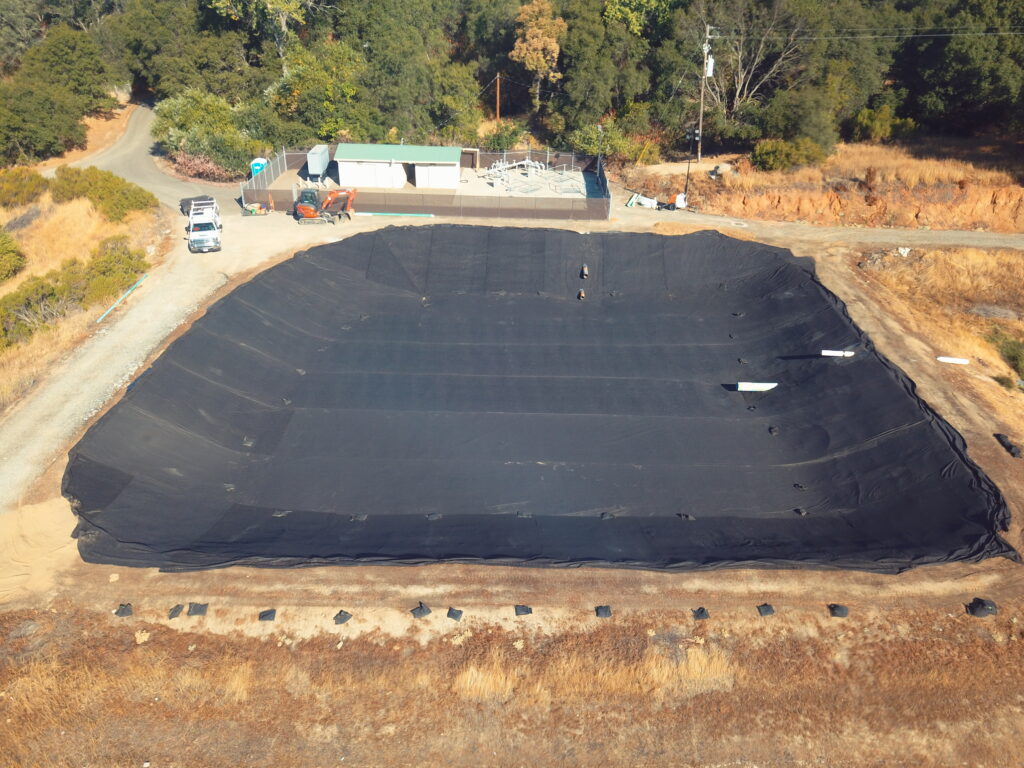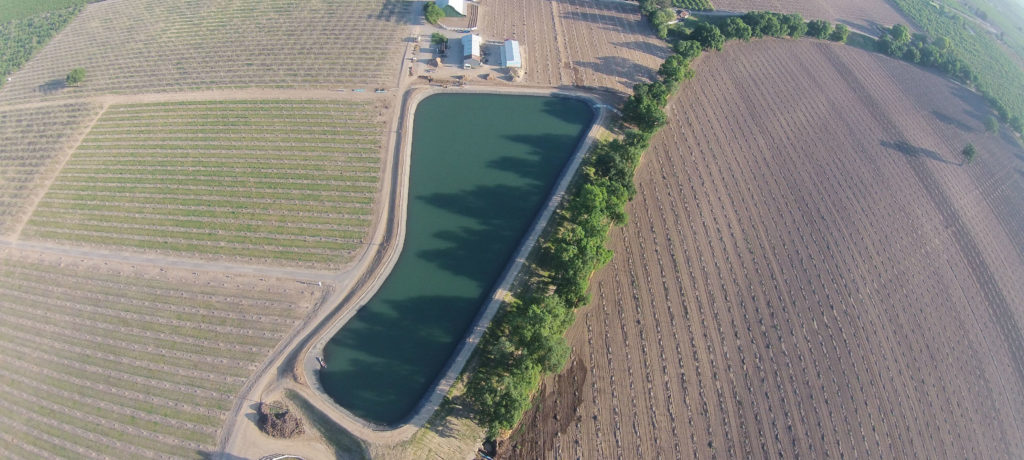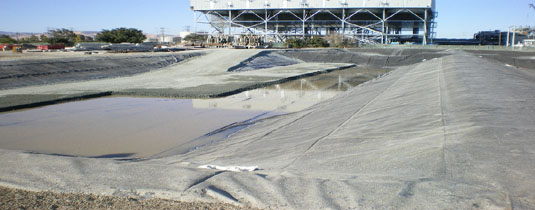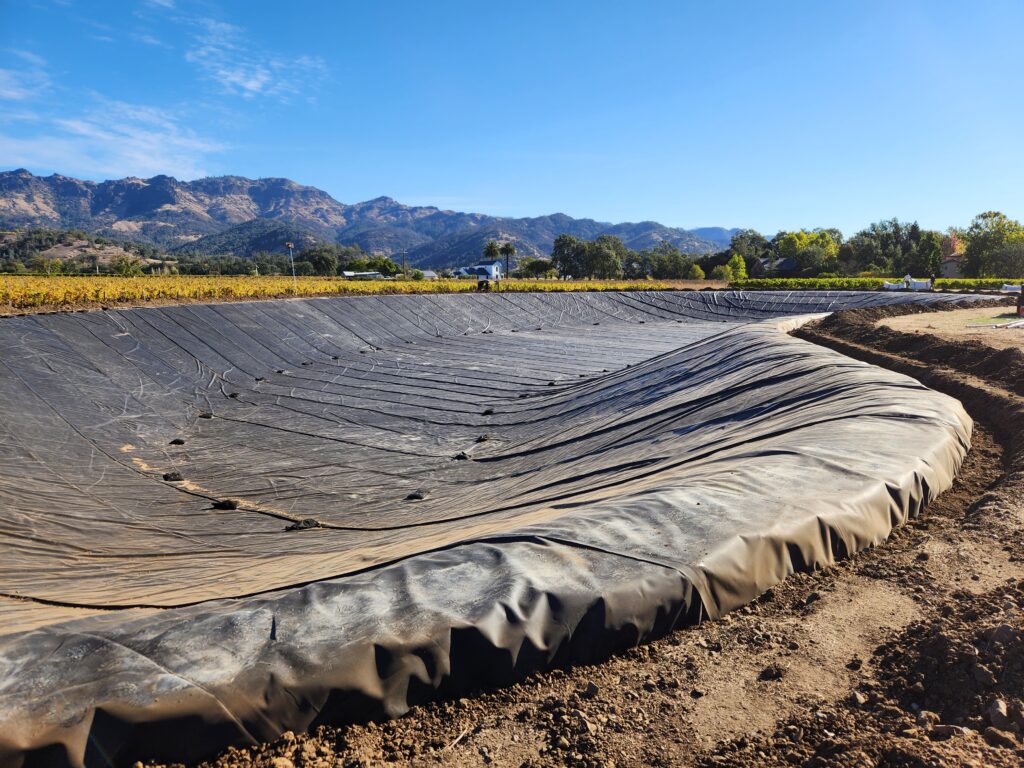
How Carson Liners Safeguards Your Resources
Summer has a way of reminding us just how vital water is. It cools us beneath the relentless California sun, fills our lakes and rivers with life, and gathers families around pools and coastlines. Water sustains us, refreshes us, and fuels unforgettable summer memories—but protecting clean water becomes critical when disasters strike.
At Carson Liners, we understand just how powerful water can be — both as a life-giving resource and, at times, a force of destruction. That’s why we specialize in high-quality geomembrane liners, pond liners, and water tank liners designed to safeguard communities, ranches, and farms across California and beyond. But as powerful as it is for good, water can also turn devastating in an instant.
When heavy rains arrive and rivers rise, the same force that nourishes can quickly destroy, leaving behind heartbreaking loss and damage. It’s in these moments, when nature tests our resilience, that preparation and protection matter most. Floods, like the ones that happen all too regularly in California, and most recently the floods that swept unforgivingly through the Texas Hill Country, are devastating.
Flooding doesn’t just reshape the land; it reshapes lives. In California, record-setting storms have swept through valleys, leaving behind destroyed homes, lost livestock, and contaminated water sources. Sudden flash floods have taken lives in minutes, sweeping away homes, campsites, and years of hard work. These moments remind us that floods carry more than water—they carry grief, hardship, and the challenge of starting over. These tragedies are stark reminders that water, while vital, can also be destructive when it comes all at once.
For ranchers and farmers, floods bring a double burden: the heartbreak of loss and the practical challenge of rebuilding. While nothing can undo the human toll, steps can be taken to lessen the damage, protect resources, and build resilience for the future. Protecting clean water through pond and rainwater collection system liners is a solution that not only conserves water but also shields it from contamination during disasters.
Protecting Clean Water: Why Lined Ponds Matter in Flood Recovery
When floodwaters rise, they don’t arrive clean. They drag soil, manure, pesticides, and debris across the landscape, often finding their way into unprotected ponds or tanks. For ranchers, this can mean losing the clean water livestock depend on. For families, it can turn a rainwater supply into something unsafe for even garden use. In these moments of loss, the last thing anyone needs is tainted water.
This is where Carson Liners’ custom pond liners and wastewater liners make a real difference. Our high-quality geomembrane liners create a durable barrier that keeps your water safe from harmful contaminants during and after disasters. According to the U.S. Department of Agriculture Natural Resource Conservation Service, using geomembrane liners is one of the most effective ways to control seepage, conserve clean water, and protect against contamination when natural disasters strike.
Originally designed to help industries like wineries manage chemical and organic wastewater, Carson’s liners have proven invaluable for farm ponds, irrigation systems, rainwater storage, and water tanks — especially when storms strike without warning.
And when the floodwaters finally recede, the challenges don’t end. What’s left behind is often just as dangerous: tainted water sources. As the surging currents move through fields and pastures, they carry with them everything in their path — manure, pesticides, sewage, and debris — dumping it directly into ponds, tanks, and rainwater systems. For ranchers, this can mean losing the only clean water their cattle depend on to survive. For families, it can turn what was once a safe rainwater supply into something unusable, unsafe even for their gardens.
In moments like these, when so much is already lost, protecting clean water becomes more than a matter of convenience — it’s about preserving hope and stability in the aftermath of disaster. That’s why high-quality geomembrane liners are so important. Carson’s custom pond and wastewater liners are built to keep water safe, shielding it from harmful contaminants when everything else feels beyond control.
Originally developed to help industries like wineries manage chemical and organic wastewater, Carson’s liners have proven invaluable for farm ponds, irrigation systems, and rainwater storage. Our durable construction, regulatory compliance, and long-term performance mean that even when floodwaters bring chaos, these liners help ensure clean, reliable water is available — offering one small but critical step toward rebuilding lives, ranches, and communities.
That’s why investing in high-quality geomembrane liners, including specialized wastewater pond liners, can make a meaningful difference. These liners are designed not only to keep water in, but to keep harmful materials out. Originally developed to help wineries contain organic and chemical wastewater, their durable construction, regulatory compliance, and long-term performance mean they work superbly across farm ponds, irrigation systems, and rainwater storage, even when floodwaters arrive filled with uncertainty.
By installing a durable liner, you’re creating a barrier that shields your precious reserves from contamination, ensuring that even in the aftermath, you have reliable, safe water for recovery. Consider the rancher whose herd was devastated, but whose lined pond remained uncontaminated, providing clean water that brought a glimmer of hope when it was needed most. Or the family whose garden became a symbol of renewal, thanks to an intact rainwater tank when all else seemed lost.
Custom Solutions for Ranchers, Growers, and Homeowners
No two floods leave behind the same story. One rancher might lose part of a herd, while another sees entire fields underwater. A family may watch as their rainwater tank fills with mud and debris, or a grower may face the painful task of clearing contaminated irrigation ponds before crops can recover. The devastation is personal, unpredictable, and deeply felt—and that’s why custom pond liners can be so important. They give property owners a tool to protect what they can, even when so much feels beyond their control.
At Carson Liners, we believe quality fabrication isn’t optional — it’s essential. Our Reinforced Polypropylene (RPP) liners and Reinforced Polyethylene (RPE) liners are engineered for durability, environmental protection, and long-term performance, making them ideal for the extreme conditions often seen in California weather and the Texas Hill Country.
- Durable – Able to endure years of punishing UV exposure and environmental stress without breaking down.
- Leak-Resistant – Helping ranchers and homeowners conserve every precious drop of water, especially critical in the wake of a flood or during drought.
- Flood-Resilient – Tough enough to withstand sudden water surges and debris that often tear through unprotected systems.
- Long-Lasting – Offering peace of mind far beyond the quick fixes of thin, off-the-shelf liners that can tear in the very moments they’re needed most.
These qualities make Carson’s liners not just products, but lifelines. From agricultural ponds that keep livestock alive to irrigation basins that protect a season’s crops to rainwater systems that sustain families after storms, Carson Liners delivers security when it matters most.
In California’s Central Valley, where ranchers sometimes endure flooding and drought in the same year, lined ponds mean fewer losses and more security during unpredictable cycles. In the Texas Hill Country, where flash floods have devastated an entire county in minutes, a lined rainwater system can mean families still have safe, usable water when municipal systems are strained or offline.
Floods may bring heartbreak, but with the right tools, they don’t have to take away everything. A custom liner can’t replace what’s been lost—but it can protect the water that sustains life and recovery when it matters most.
For more information about how Carson Liners supports disaster resilience, speak with one of our experts by filling out the form below or contact us at sales@carsonliners.com.



